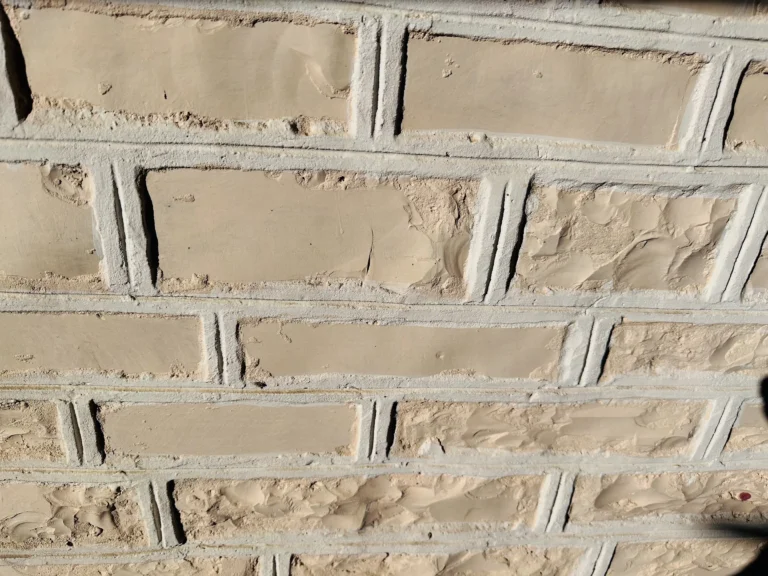Kota Stone Work: Tradition Meets Modernity
Kota stone, a type of fine-grained limestone found in the Kota district of Rajasthan, India, has been a popular building material for centuries. Known for its durability and natural beauty, Kota stone is extensively used in the construction and decoration of floors, walls, and outdoor areas. This article delves into the traditional craftsmanship of Kota stone work, its characteristics, applications, and the way it blends tradition with modern architectural practices.
The Essence of Kota Stone
Kota stone stands out for its unique properties. It is hard, non-porous, and a naturally attractive material available in various shades, ranging from greenish-blue to brown, depending on the high iron content. Its ability to stay cool even under direct sunlight makes it an ideal flooring material in hot climates. Moreover, the stone’s surface can be polished to a high shine, offering a sophisticated and elegant look.
Traditional Craftsmanship
The art of Kota stone work is rooted in the rich heritage of Rajasthan. Traditional craftsmen, known as ‘Shilpis,’ have been passing down their skills through generations. These artisans excel in extracting and shaping the stone using age-old techniques that ensure minimal waste and enhance the stone’s natural beauty.
The process of Kota stone work begins with quarrying, where blocks of stone are extracted from the earth. These blocks are then cut into slabs or tiles of desired thickness using manual or semi-automated machines. The stone can be finished in various textures such as rough, polished, or leather, depending on its intended use.
Applications of Kota Stone
Kota stone’s versatility makes it suitable for a wide range of applications. Traditionally, it has been used in palaces, temples, and other monumental buildings, showcasing the material’s durability and aesthetic appeal. In contemporary architecture, Kota stone is favored for flooring, wall cladding, staircases, and outdoor walkways. Its resistance to wear and ease of maintenance make it a preferred choice for public buildings, commercial spaces, and residential areas alike.
Environmental Considerations
Kota stone work is not only about preserving a traditional craft but also about ensuring sustainability. The stone is a natural, eco-friendly material with a low carbon footprint compared to synthetic alternatives. Efforts are being made to implement eco-friendly quarrying and processing practices to reduce environmental impact further.
Challenges and Innovations
Despite its many advantages, the Kota stone industry faces challenges such as competition from artificial flooring materials and fluctuations in the quality of the stone due to natural variations. To address these issues, artisans and manufacturers are innovating in processing techniques to enhance the stone’s performance and appearance. Moreover, there is a growing emphasis on marketing and educating architects and builders about the benefits of Kota stone, ensuring its place in modern construction.
Conclusion
Kota stone work embodies a perfect blend of tradition and modernity, offering a sustainable and aesthetically pleasing solution for contemporary construction needs. Its rich history, coupled with the craftsmanship of Rajasthani artisans, continues to make it a sought-after material in the architecture and design world. As we move forward, the integration of traditional skills with innovative practices promises to keep this age-old art form alive and relevant in the global market.
